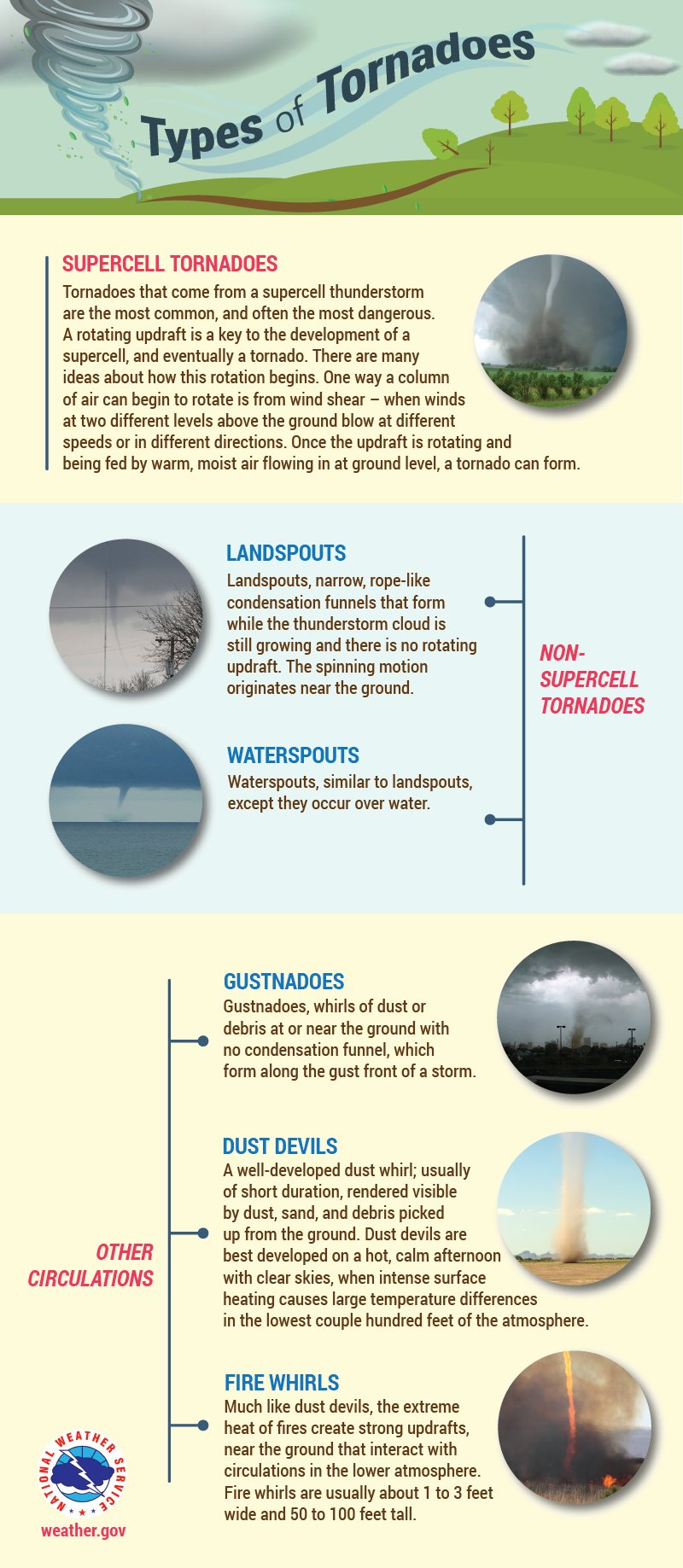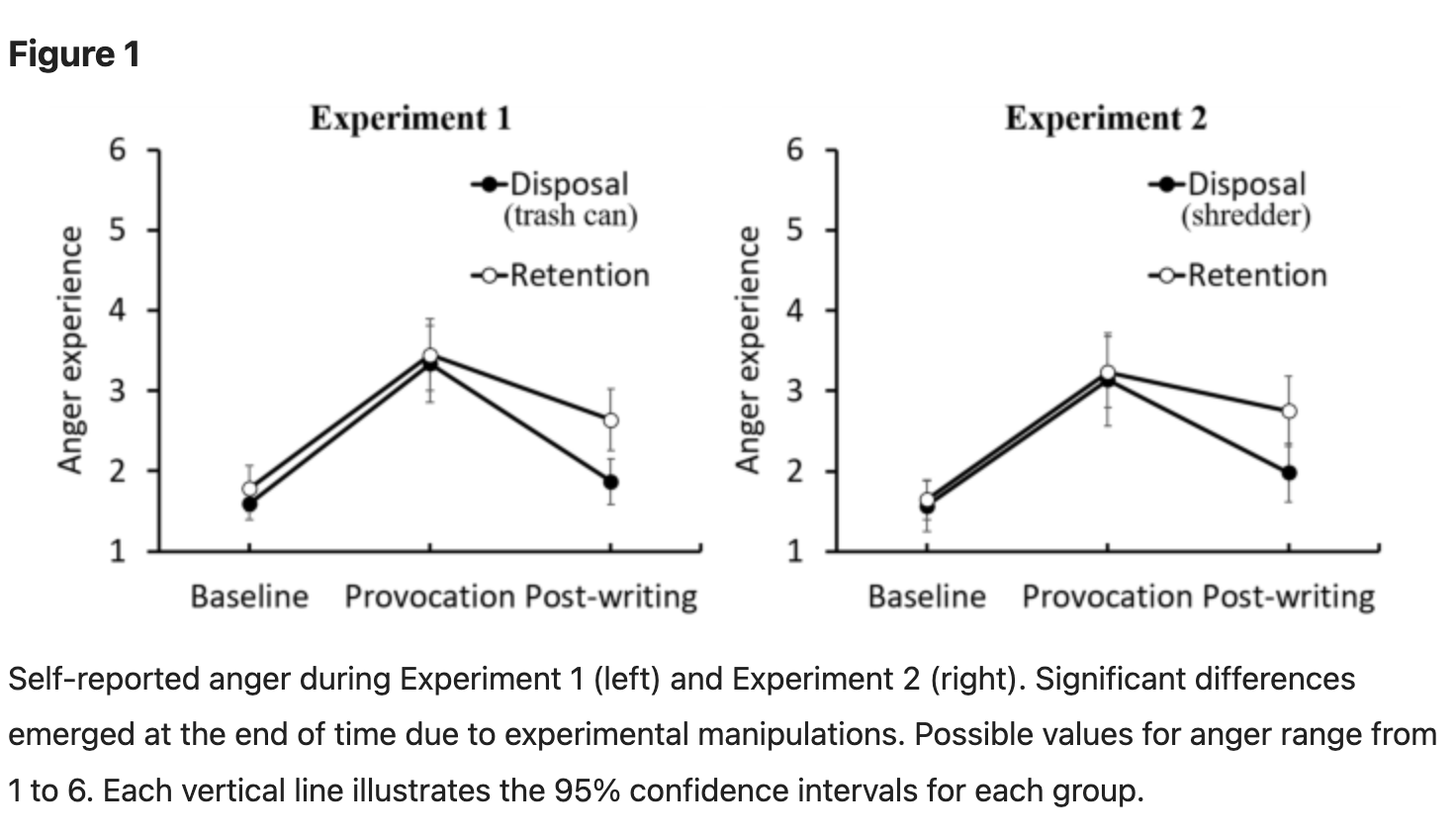science
12939 readers
16 users here now
just science related topics. please contribute
note: clickbait sources/headlines aren't liked generally. I've posted crap sources and later deleted or edit to improve after complaints. whoops, sry
Rule 1) Be kind.
lemmy.world rules: https://mastodon.world/about
I don't screen everything, lrn2scroll
founded 2 years ago
MODERATORS
1
3
4
5
6
7
1
Why Birds Survived, and Dinosaurs Went Extinct, After an Asteroid Hit Earth
(www.smithsonianmag.com)
8
9
10
12
13
14
1
Study sheds light on the white dwarf star, likely destroyer of our solar system
(www.theguardian.com)
15
16
17
18
19
20
21
1
The new science of death: ‘There’s something happening in the brain that makes no sense’
(www.theguardian.com)
22
23
24
25
1
Killing owls to save owls: the US wildlife plan that sparked an ‘ethical dilemma’
(www.theguardian.com)
view more: next ›

